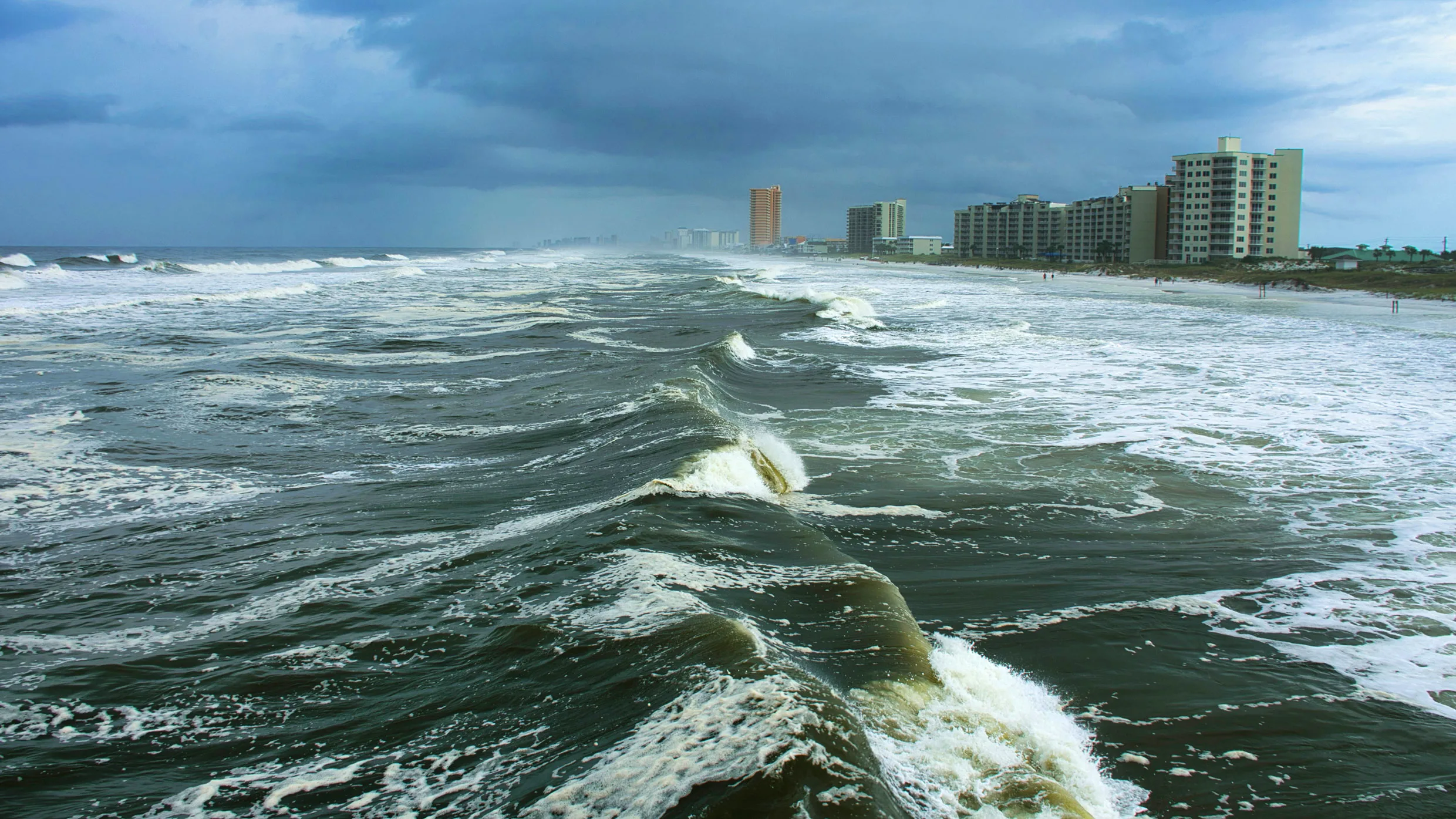
"Since 1980, these powerful tropical storms have done more than US$1.5 trillion in damage and killed more than 7,000 people. The No. 1 cause of the damages and deaths from hurricanes is storm surge. Storm surge is the rise in the ocean's water level, caused by a combination of powerful winds pushing water toward the coastline and reduced air pressure within the hurricane compared to the pressure outside of it."
"Today, operational storm surge forecasts rely on hydrodynamic models, which are based on the physics of water flow. These models use current environmental conditions-such as how fast the storm is moving toward shore, its wind speed and direction, the timing of the tide, and the shape of the seafloor and the landscape-to compute the projected surge height and determine which locations are most at risk."
Hurricanes are the most destructive natural hazards in the United States, causing over US$1.5 trillion in damage and more than 7,000 deaths since 1980. Storm surge, the rise in ocean water level from strong onshore winds, reduced atmospheric pressure, and wave setup, is the leading cause of hurricane damages and fatalities. Accurate storm surge predictions provide time for evacuations and emergency preparation. Operational forecasts use hydrodynamic models driven by storm motion, wind, tides, bathymetry, and coastal topography. Low-resolution simulations run quickly over large regions, while high-resolution neighborhood-level simulations remain computationally slow. Artificial intelligence can potentially accelerate high-resolution storm surge forecasting.
Read at Fast Company
Unable to calculate read time
Collection
[
|
...
]